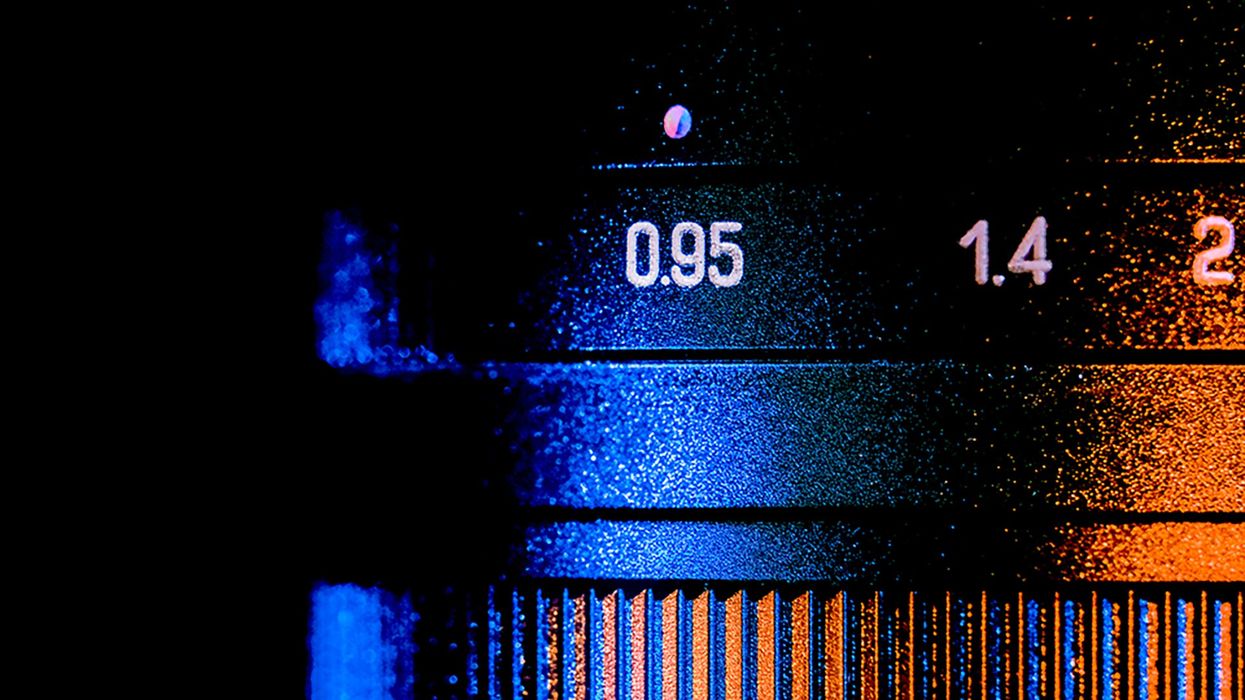This Is the Fastest Glass Money Can Buy
Modern lenses with fast apertures are quickly overtaking the market. But what are fast lenses, and how do they affect your image?

Leave it to the world of photography to confuse size and speed.
In lens-speak, the term “fast glass” refers to lenses with large apertures. The aperture is the opening of a lens. The aperture’s size is expressed as a number that shows the ratio of the opening to the lens’s focal length. This number is referred to as an f/number, f/stop, focal ratio, f/ratio, or relative aperture.
Large-aperture lenses are referred to as “fast” because they allow cameras to take photos at relatively fast shutter speeds for a given amount of ambient light. A fast lens might make it possible to take photos handheld in low light. Faster shutter speeds offer greater options for freezing action and can minimize camera shake, both of which can cause blur in your images, no matter how bright the scene. A large aperture means that you can photograph with a very shallow depth of field.
What Are Your Choices?
As lens technology evolves in leaps and bounds, more than one lens manufacturer has developed solid options for creatives.
Nikon for example revived a pricey piece of glass from its past. Unfortunately, it's still expensive. The insanely fast NIKKOR Z 58mm f/0.95 S Noct lens for Nikon Z mirrorless cameras is a manual-focus behemoth with a gaping 82mm front filter size.

FUJIFILM’s XF 50mm f/1.0 R WR lens is currently the largest-aperture lens that features autofocus. Designed for the FUJIFILM X-Mount camera system, it gives the 35mm equivalent field of view of a 76mm lens—ideal for portraiture and some general-purpose shooting.

If you want super-fast glass for the Micro Four Thirds System, German lens manufacturer Voigtländer has created the largest aperture lens currently available new—the Voigtländer Super Nokton 29mm f/0.8 Aspherical lens.
Yes, you read that correctly: f/0.8!

The Nokton 50mm f/1.0 Aspherical MC, however, is designed for M-mount cameras such as Leica’s venerable rangefinders.
Want to explore the full list of fast glass? Check out the full write-up at B&H.
Here at No Film School, we're always excited to learn about how you use your gear. Let us know in the comments what fast lenses are you in your kit and how you end up using them.
Don't use a fast lens? Let us know about that too!
Check out weekly specials, deals, and rebates: Pro Video Gear, Pro Audio Gear,Lighting
Source: B&H











